Mushroom soup, a culinary delight cherished across cultures, is a testament to the transformative power of patience and precision. While its ingredients—earthy fungi, aromatic herbs, and creamy broths—form the backbone of its flavor, the true secret lies in the alchemy of time. Simmering, a gentle cooking method that extracts depth and complexity, is the unsung hero of mushroom soup preparation. Yet, the question persists: How long should one simmer mushroom soup to achieve perfection? This article delves into the science, culture, and practicality of simmering duration, offering insights to elevate your soup from ordinary to extraordinary.

The Science of Simmering: Why Time Matters
Simmering is not merely a step in cooking; it is a biochemical process that alters the texture, flavor, and nutritional profile of ingredients. Mushrooms, rich in proteins, fibers, and umami compounds like glutamic acid, undergo significant changes when exposed to heat. Slow simmering breaks down tough cell walls, releasing savory flavors and tenderizing the flesh. However, overcooking can degrade nutrients and diminish the soup’s vibrancy.
Flavor Development
Mushrooms contain nucleotides that, when combined with amino acids through the Maillard reaction (a process accelerated by heat), create umami—the fifth taste sensation. Simmering allows these compounds to meld with broth, herbs, and spices, creating a harmonious flavor profile. Studies suggest that simmering mushroom-based dishes for 30–45 minutes enhances umami intensity, as the prolonged heat exposure maximizes nucleotide release.
Texture Transformation
The cellular structure of mushrooms varies by species. Denser varieties, like porcini or shiitake, require longer simmering to soften, while delicate buttons or oyster mushrooms may turn mushy if overcooked. A balance must be struck: sufficient time to tenderize without reducing the mushrooms to a pulp.
Nutrient Retention
While simmering can leach water-soluble vitamins (such as B vitamins) into the broth, it also makes minerals like potassium and selenium more bioavailable. Cooking for 20–30 minutes preserves most nutrients while concentrating flavors. Extended simmering beyond 60 minutes may degrade heat-sensitive vitamins like vitamin C, though mushrooms are not a primary source of this nutrient.
Factors Influencing Simmering Time
The “ideal” simmering duration is not a one-size-fits-all answer. It hinges on several variables, each demanding careful consideration:
Mushroom Variety
- Dried Mushrooms: Require rehydration and longer simmering (45–60 minutes) to fully soften and release flavor.
- Fresh Mushrooms: Cook faster (20–30 minutes) but vary by type. Tough varieties like chanterelles need more time than soft enoki.
- Wild Mushrooms: May contain tougher textures, necessitating 30–40 minutes of simmering.
Soup Base
- Clear Broths: Lighter bases (vegetable or chicken stock) benefit from shorter simmering (20–25 minutes) to retain clarity.
- Cream-Based Soups: Dairy can curdle if simmered too long; 15–20 minutes suffices after adding cream.
- Tomato or Wine-Based Soups: Acidic ingredients may require slight adjustments—simmer 25–30 minutes to mellow acidity.
Desired Flavor Profile
- Rich and Deep: Longer simmering (40–50 minutes) concentrates flavors, ideal for hearty winter soups.
- Light and Fresh: Brief simmering (15–20 minutes) preserves brightness, suitable for chilled summer versions.
Altitude and Heat Source
At high altitudes, water boils at lower temperatures, potentially extending simmering time. Similarly, gas stoves vs. electric ranges may affect heat consistency.
The Simmering Spectrum: From Quick to Slow
To demystify timing, let’s explore three simmering approaches:
Rapid Simmer (15–20 minutes)
Best for delicate mushrooms (enoki, shimeji) or when using pre-cooked ingredients. This method retains a vibrant, almost raw mushroom texture while infusing mild flavors. Ideal for light broths or garnishes.
Moderate Simmer (25–35 minutes)
The sweet spot for most recipes. Mushrooms soften without disintegrating, and flavors meld harmoniously. Suitable for creamy soups or blended purees.
Slow Simmer (40–60 minutes)
Reserved for robust dishes like wild mushroom consommé or dried porcini soups. Extended heat breaks down tough fibers, creating a velvety texture and intense umami. Risk of nutrient loss increases, but the depth of flavor is unparalleled.
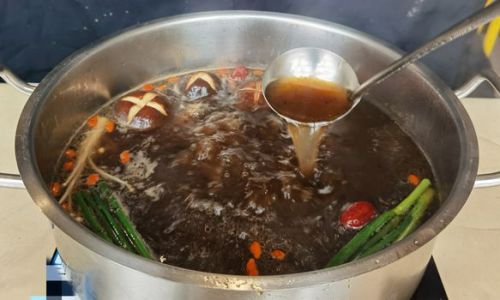
Practical Tips for Perfect Simmering
-
Prep Mushrooms Wisely
- Slice uniformly to ensure even cooking.
- Sauté mushrooms briefly before simmering to caramelize edges and enhance flavor.
-
Control the Heat
Maintain a gentle bubble—violent boiling toughens mushrooms and clouds broths. Use a diffuser if needed. -
Taste Frequently
Sample the soup every 5–10 minutes after the 20-minute mark. Mushrooms should yield to gentle pressure but retain some resilience. -
Adjust Liquid Levels
Simmering reduces liquid; add stock or water incrementally if the soup becomes too thick. -
Season Late
Salt draws moisture from mushrooms; add seasoning in the final 10 minutes to avoid toughening.
Cultural Perspectives on Simmering
The quest for the perfect simmer transcends borders:
- French Cuisine: Classical soupes aux champignons often employ a 45-minute simmer, blending wild mushrooms with cream and sherry.
- Japanese Cuisine: Miso shiru, a fermented soybean broth, uses quick-simmered enoki mushrooms (10–15 minutes) to preserve delicate flavors.
- Eastern European Borscht: Beet-based soups incorporate hearty porcini mushrooms simmered for 1 hour, yielding earthy undertones.
Debunking Myths: Overcooking and Undercooking
Myth 1: “Longer simmering always improves flavor.”
While time deepens flavor, exceeding 60 minutes may lead to bitterness as tannins in mushroom stems dominate.
Myth 2: “Undercooked mushrooms are unsafe.”
Most edible mushrooms are safe when lightly cooked, though textures may be chewy. Parasitic risks are negligible in commercially sold varieties.
Recipe: Balanced Mushroom Soup with Optimal Simmering
Ingredients
- 500g mixed mushrooms (shiitake, cremini, oyster)
- 1L vegetable stock
- 1 onion, diced
- 3 garlic cloves, minced
- 2 tbsp olive oil
- 1/2 cup white wine
- 1/4 cup heavy cream (optional)
- Fresh thyme, rosemary
- Salt and pepper to taste
Instructions
- Sauté onions and garlic in olive oil until translucent (5 minutes).
- Add mushrooms, reserving 1/4 cup for garnish. Sauté until golden (8–10 minutes).
- Deglaze with wine, simmering until reduced by half (3 minutes).
- Pour in stock, herbs, and a pinch of salt. Bring to a boil, then reduce to a moderate simmer.
- Simmer for 25 minutes (30 minutes if using dried mushrooms).
- Blend until smooth or leave chunky. Stir in cream (if using) and simmer 5 more minutes.
- Adjust seasoning. Serve with reserved mushrooms, a drizzle of oil, and crusty bread.
Conclusion: The Symphony of Time
The optimal simmering time for mushroom soup is a nuanced dialogue between ingredient, technique, and taste. While 20–35 minutes serves as a reliable guideline, the true answer lies in experimentation. Listen to the sizzle of the pot, observe the transformation of mushrooms, and trust your palate. Whether you prefer a brisk simmer that highlights freshness or a slow dance that coaxes out umami, remember: patience is the ingredient that ties it all together. So, the next time you stand over a steaming pot, ask not just “How long?” but “What story do I want this soup to tell?” The answer, like the soup itself, will simmer with time.
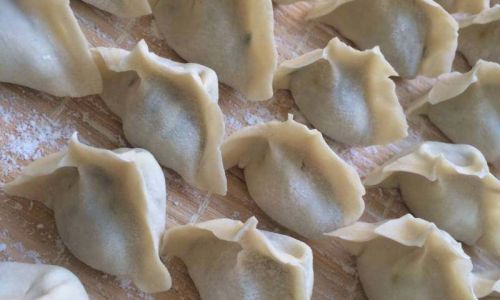
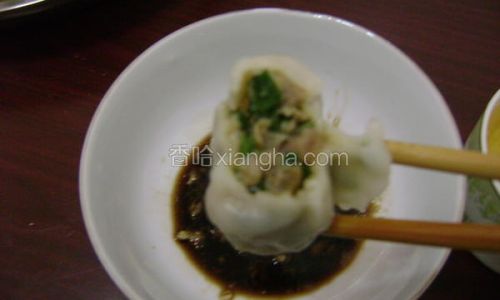
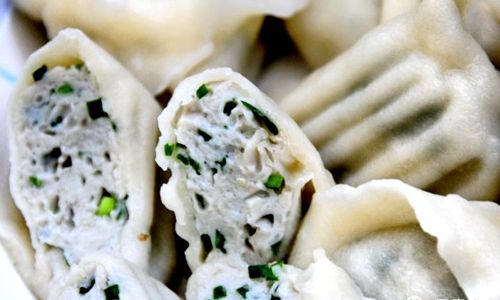
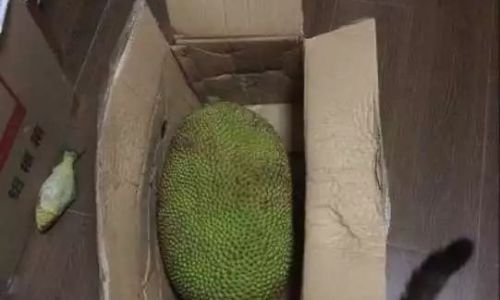

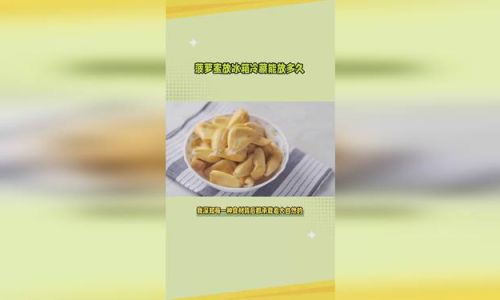
0 comments